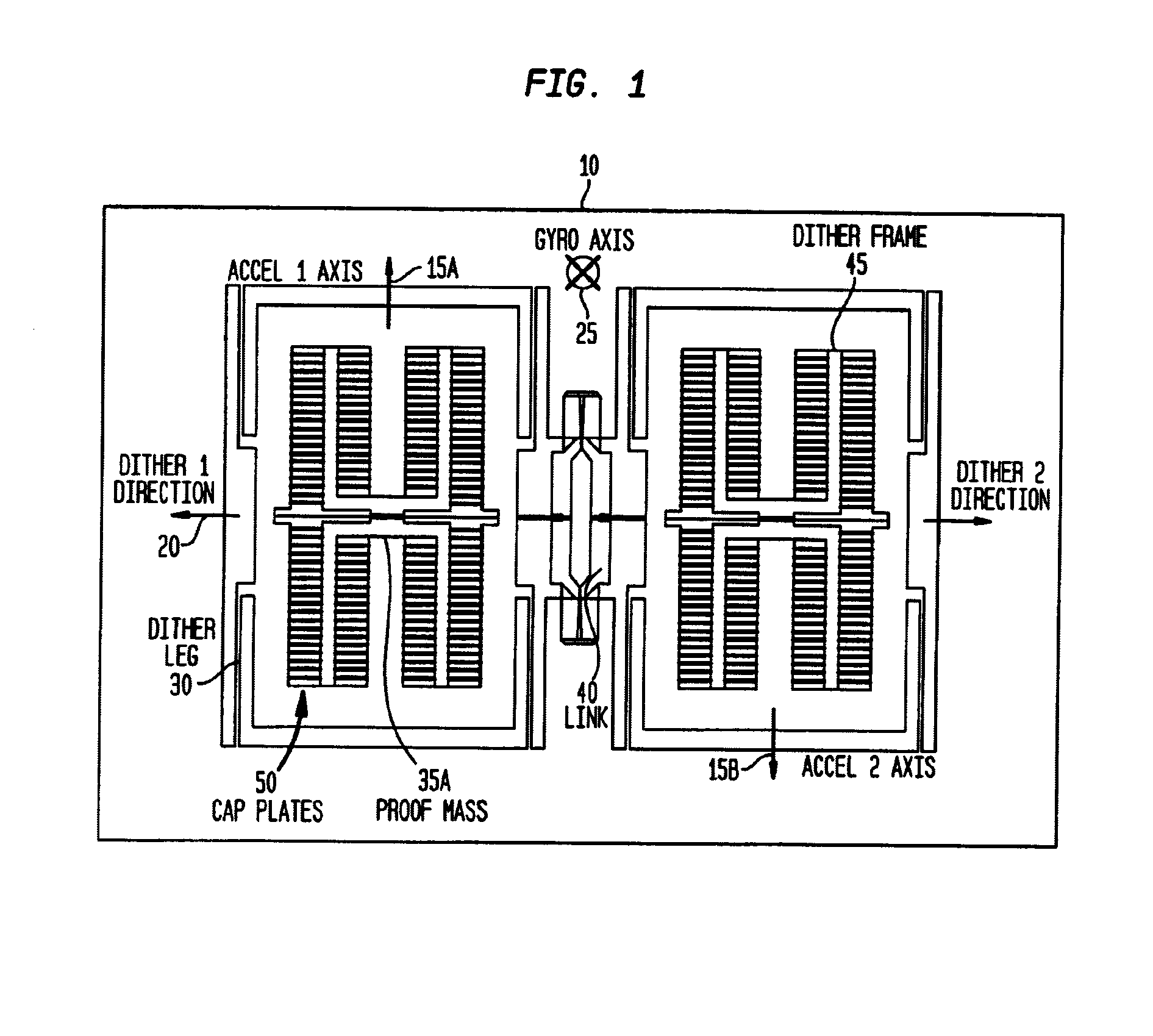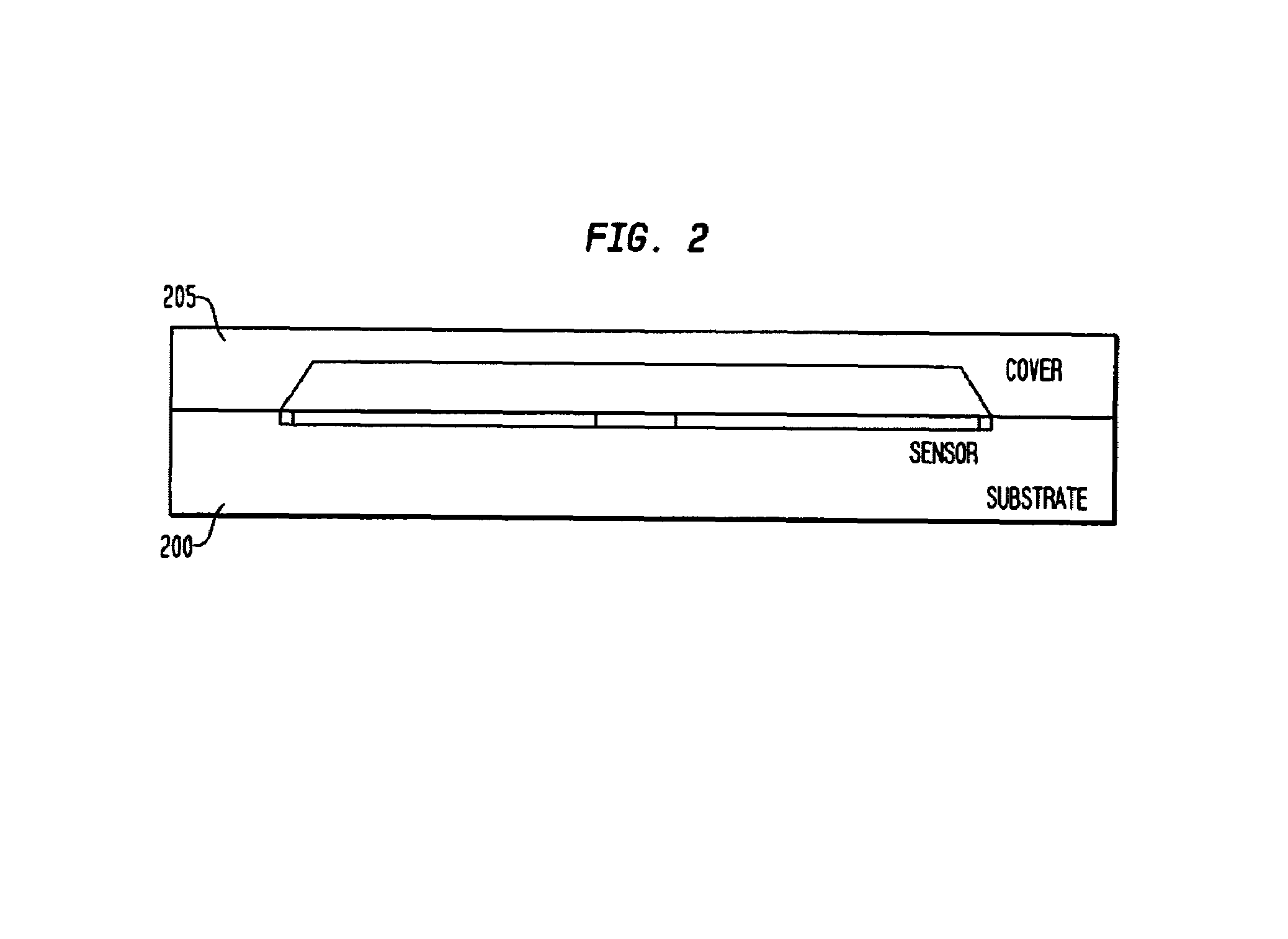Closed loop analog gyro rate sensor
a closed loop, gyro rate technology, applied in the direction of acceleration measurement using interia force, instruments, devices using electric/magnetic means, etc., can solve the problems of high power consumption, large package size, and limited cost of tactical grade inertia measuring units, so as to achieve accurate and low cost measurement and automatically null out the modulation
- Summary
- Abstract
- Description
- Claims
- Application Information
AI Technical Summary
Benefits of technology
Problems solved by technology
Method used
Image
Examples
Embodiment Construction
[0054]The following description is presented to enable any person of ordinary skill in the art to make and practice the present invention. Modifications to the preferred embodiment will be readily apparent to those of ordinary skill in the art, and the disclosure set forth herein may be applied to other embodiments and applications without departing from the spirit and scope of the present invention and the appended claims. Thus, the present invention is not intended to be limited to the embodiments described, but is to be accorded the broadest scope consistent with the claims appended hereto and the disclosure set forth herein.
[0055]The present invention relates to an analog silicon version of L-3 Communications' existing vibrating beam, bulk etched, rate and acceleration sensor, which is a part of L-3 Communications' existing μIMU (micro Inertial Measurement Unit). Inertial Measurement units (IMUs) are critical to the operation of inertial navigation and guidance systems. Such sys...
PUM
 Login to View More
Login to View More Abstract
Description
Claims
Application Information
 Login to View More
Login to View More - R&D
- Intellectual Property
- Life Sciences
- Materials
- Tech Scout
- Unparalleled Data Quality
- Higher Quality Content
- 60% Fewer Hallucinations
Browse by: Latest US Patents, China's latest patents, Technical Efficacy Thesaurus, Application Domain, Technology Topic, Popular Technical Reports.
© 2025 PatSnap. All rights reserved.Legal|Privacy policy|Modern Slavery Act Transparency Statement|Sitemap|About US| Contact US: help@patsnap.com



